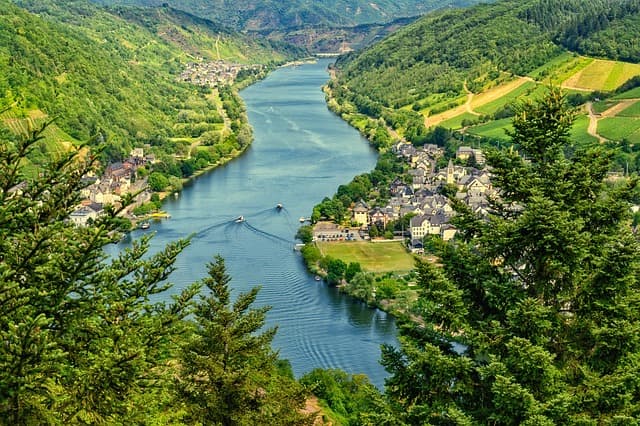Myths about teaching can hold you back
- Year 3
Water supply and demand in the UK
I can explain why there is a need to move water from place to place in the UK to meet demand, and how this is done.
- Year 3
Water supply and demand in the UK
I can explain why there is a need to move water from place to place in the UK to meet demand, and how this is done.
These resources will be removed by end of Summer Term 2025.
Switch to our new teaching resources now - designed by teachers and leading subject experts, and tested in classrooms.
These resources were created for remote use during the pandemic and are not designed for classroom teaching.
Lesson details
Key learning points
- In the UK, water comes from surface water sources (rivers, lakes, reservoirs) and underground water sources (aquifers).
- The greatest demand for water in the UK comes from areas that have the least water supply.
- Reservoirs collect water in the wettest parts of the UK, to pipe to cities and towns in other areas for drinking water.
Keywords
Reservoir - A reservoir is a lake built behind a dam to store water.
Aquifer - Aquifers are porous rocks that can store and filter water.
Pipeline - Pipelines transfer something from one place to another, usually a liquid or a gas.
Consumption - Consumption is the process of using up resources.
Common misconception
That aquifers are soaking wet and we can see or feel them.
Aquifers are areas of porous rock deep underground, we can not see or feel them from the surface. Rocks, like cliff faces or outcrops that we can see are not soaking wet because the water is found far deeper within the aquifer.
To help you plan your year 3 geography lesson on: Water supply and demand in the UK, download all teaching resources for free and adapt to suit your pupils' needs...
To help you plan your year 3 geography lesson on: Water supply and demand in the UK, download all teaching resources for free and adapt to suit your pupils' needs.
The starter quiz will activate and check your pupils' prior knowledge, with versions available both with and without answers in PDF format.
We use learning cycles to break down learning into key concepts or ideas linked to the learning outcome. Each learning cycle features explanations with checks for understanding and practice tasks with feedback. All of this is found in our slide decks, ready for you to download and edit. The practice tasks are also available as printable worksheets and some lessons have additional materials with extra material you might need for teaching the lesson.
The assessment exit quiz will test your pupils' understanding of the key learning points.
Our video is a tool for planning, showing how other teachers might teach the lesson, offering helpful tips, modelled explanations and inspiration for your own delivery in the classroom. Plus, you can set it as homework or revision for pupils and keep their learning on track by sharing an online pupil version of this lesson.
Explore more key stage 2 geography lessons from the The water cycle: why is it important? unit, dive into the full primary geography curriculum, or learn more about lesson planning.

Licence
Prior knowledge starter quiz
6 Questions
Q1.Choose the best word to complete the sentence. Many settlements were built near ...
Q2.True or false? All people in the world have equal access to water.
Q3.How is water helpful for farmers?
Q4.What type of water body is shown in the picture?



